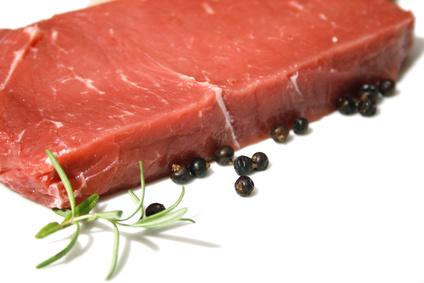Omaha Steaks prides itself on providing the juiciest and highest-quality steaks, a reputation the company has lived up to since 1917. However, even the best cuts of meat will taste like shoe leather if cooked improperly. Luckily, not a lot of skill is involved in cooking the perfect Omaha steak. Follow a few simple steps to enjoy a delicious steak in a few hours–or even a few minutes, if you prefer.
Step 1
Thaw your steaks completely in the refrigerator. While Omaha Steaks claims that it is possible to cook your steaks from a frozen state, the results will not be as delectable. Alternately, you can thaw your steaks in a bath of cold water for a quicker defrosting, for 30 minutes to an hour.
Step 2
Marinate your steak in your favorite marinade at least an hour before cooking, longer if preferred. If you do not have the time or dislike marinated steaks, Epicurious claims that a little salt and pepper or a seasoned dry rub will suffice.
Step 3
Choose your cooking method and preheat. Omaha Steaks suggests baking or grilling your steaks, but claims that toaster ovens and microwaves create decent results as well.
Step 4
Throw your steaks on the heat and stand back. You should only flip your steak once for the best taste, so be patient. Flip the steak when the juices begin to bubble up through the top of the steak, and wait again for the second side to finish cooking.
Step 5
Use one finger to press on the steak. If the meat is still soft, give the steak a few more minutes.
Step 6
Check the temperature of the center of the Omaha steak if the meat is beginning to firm up. The United States Department of Agriculture suggests cooking steak to 145- to 160-degrees Fahrenheit for food-safety reasons. However, Omaha Steaks reports that you should only cook a rare steak to 120 to 125 degrees.
Step 7
Take the Omaha steak off the heat once it reaches the proper internal temperature, and let it rest for 10 minutes before cutting. According to Epicurious, this allows the juices to absorb back into the steak–making it extra juicy and tender.
Photo Credit
- bistecca 01 image by Marco from Fotolia.com





